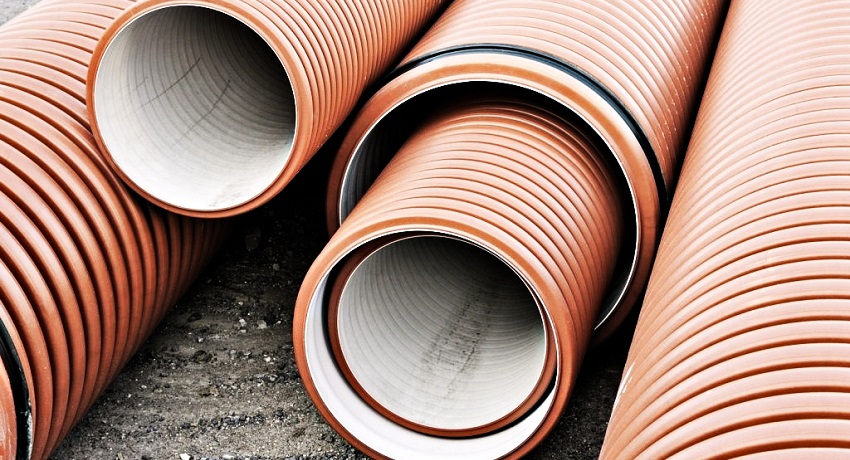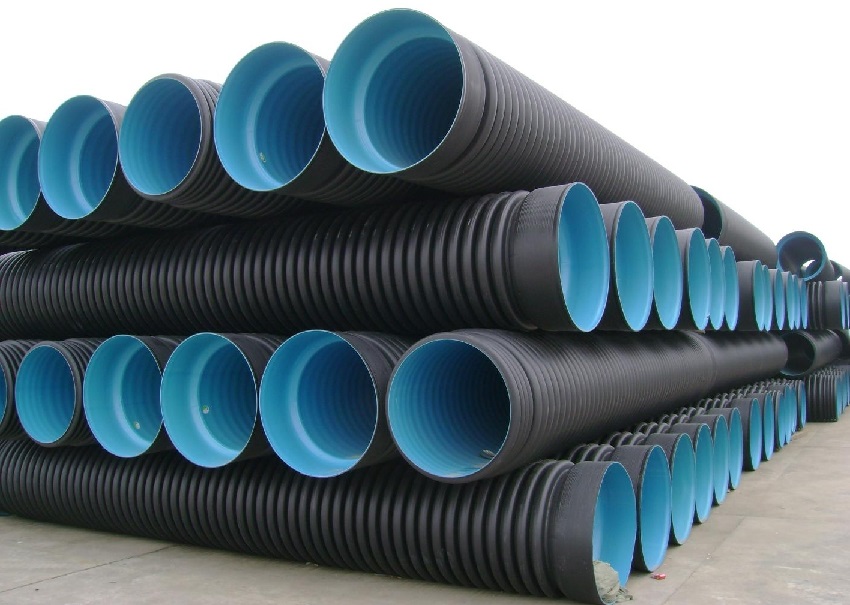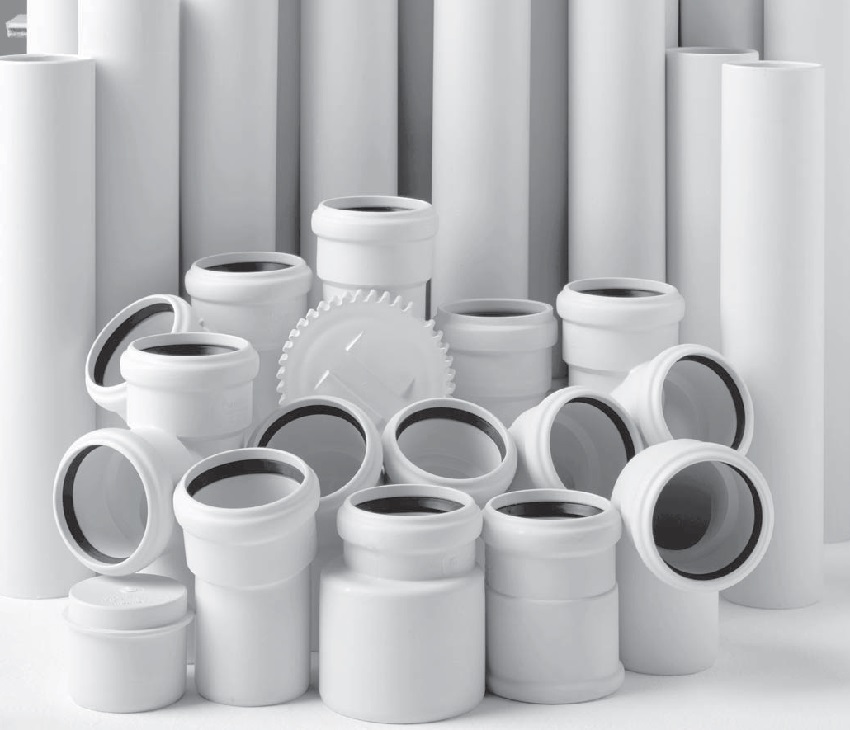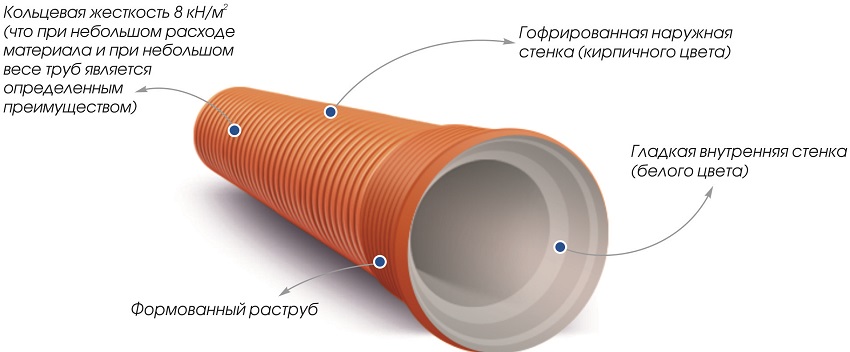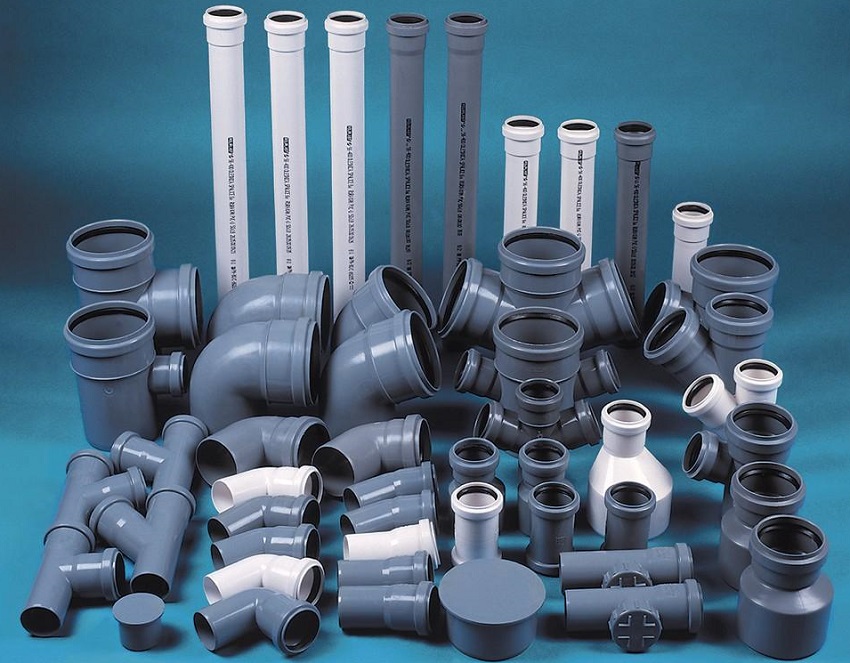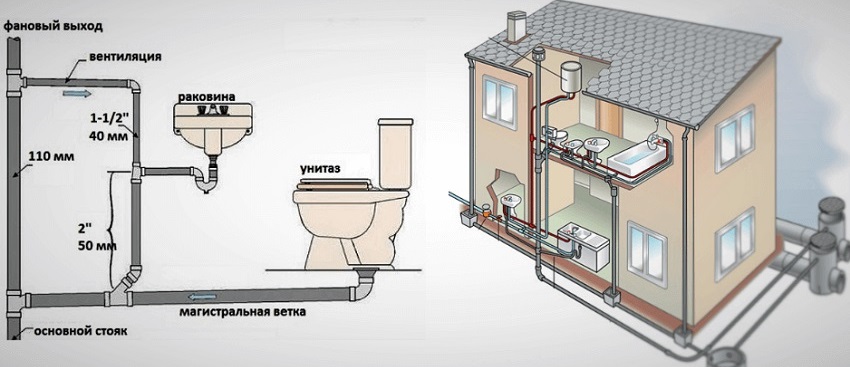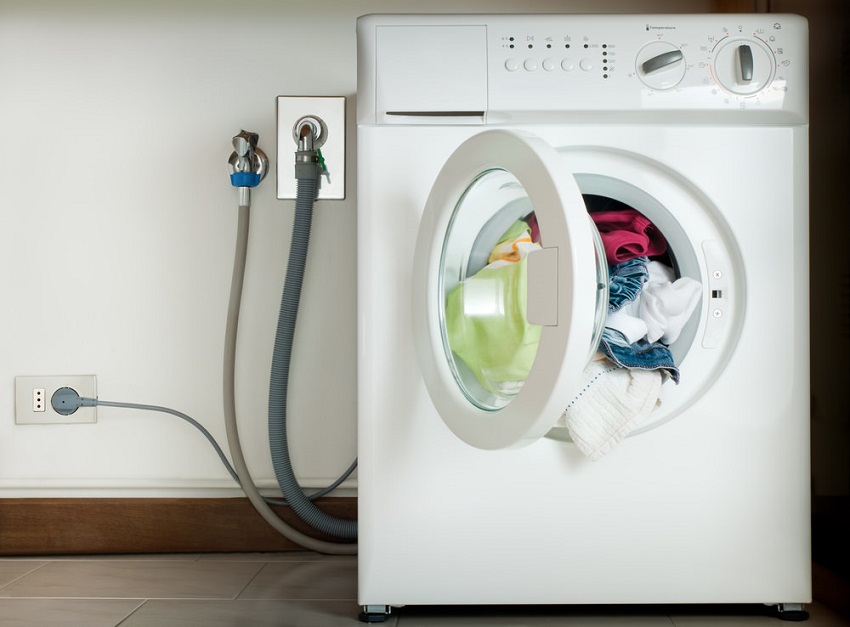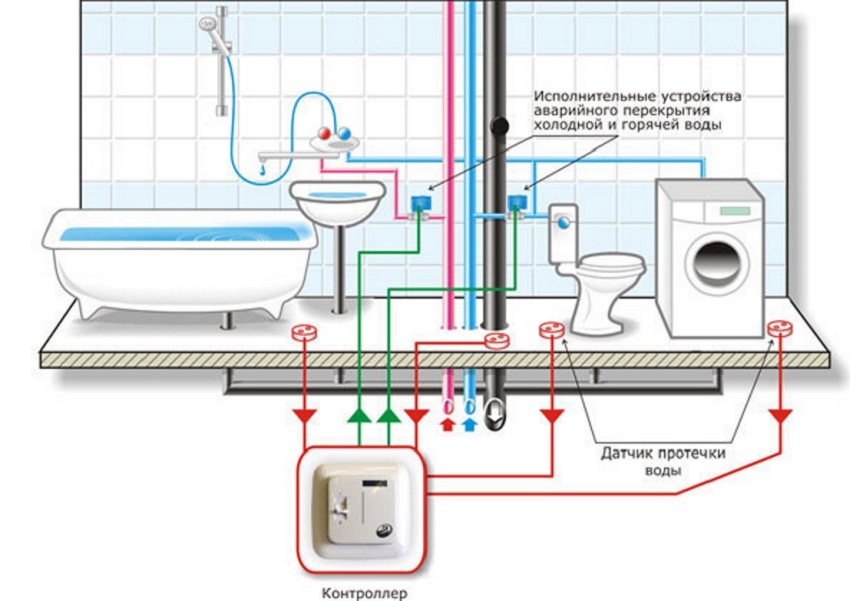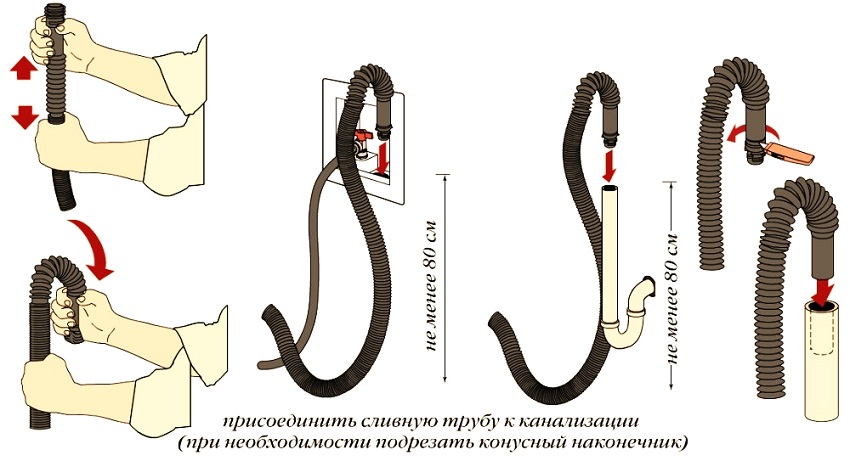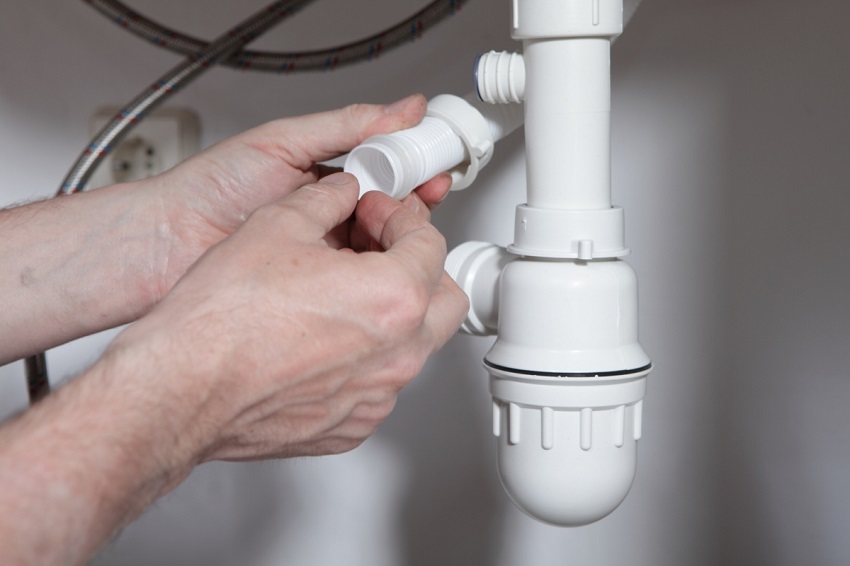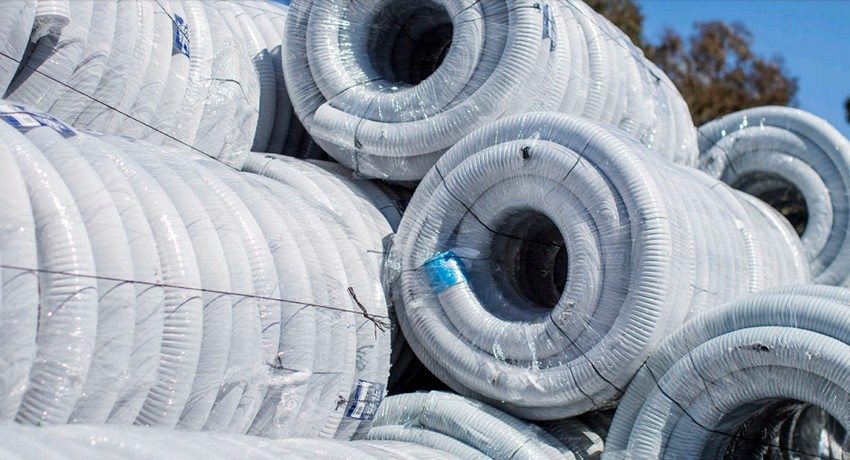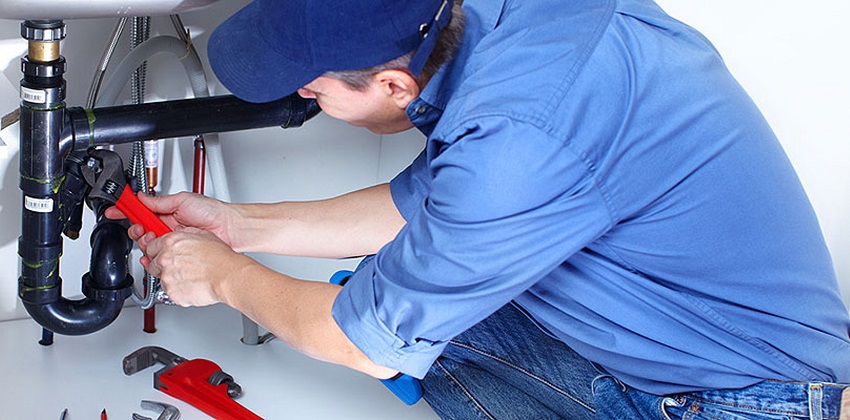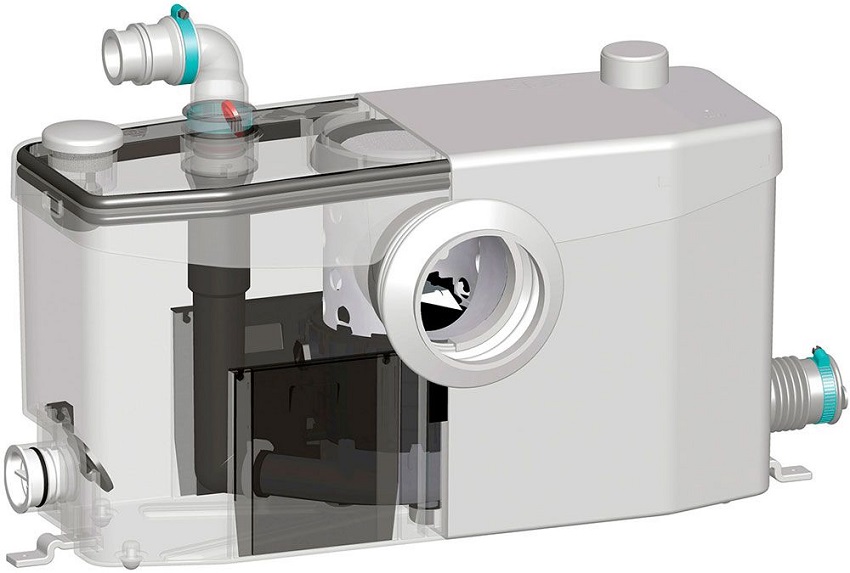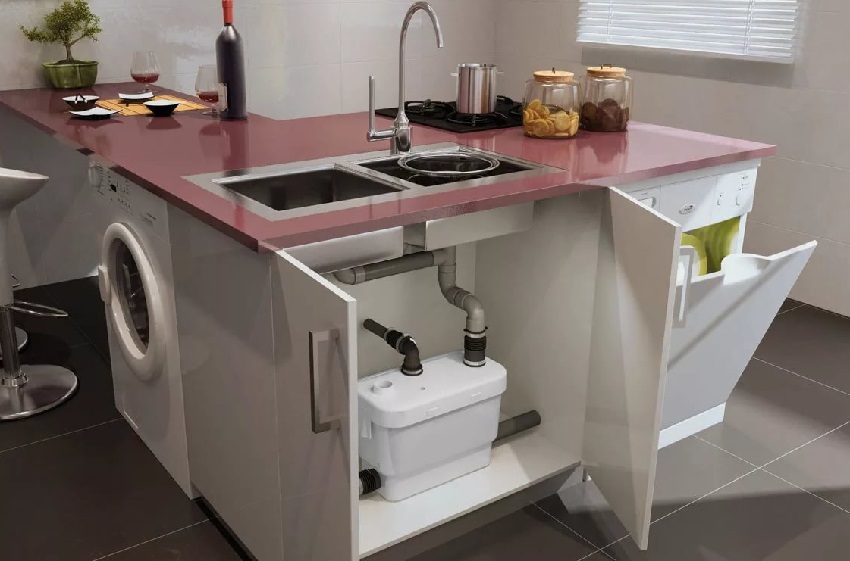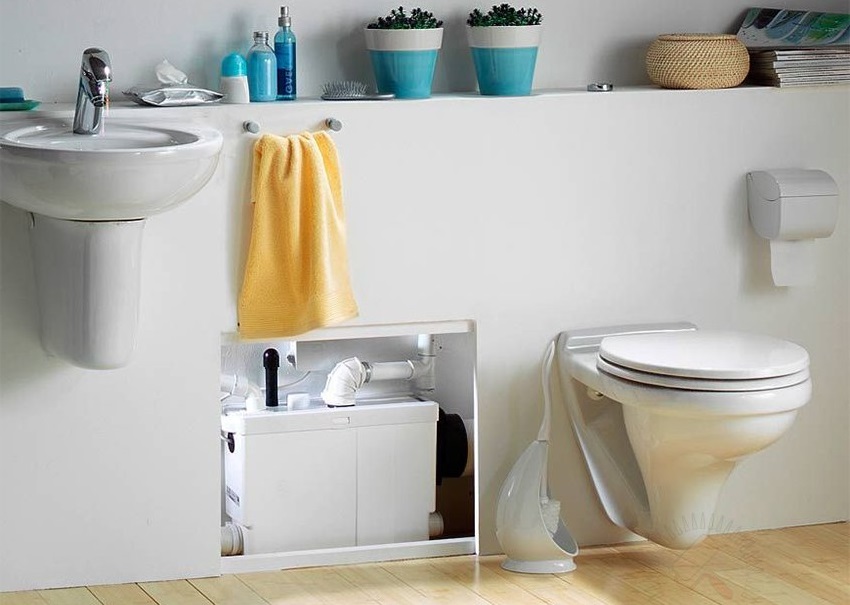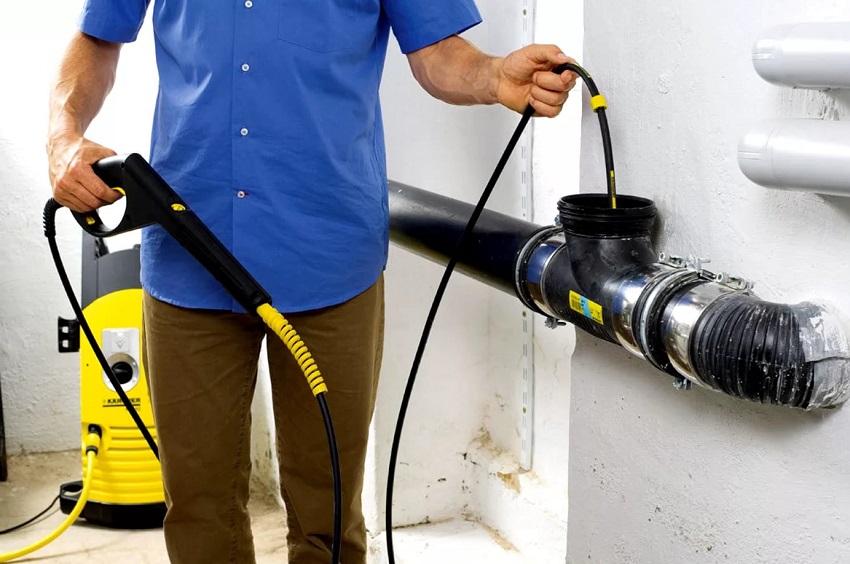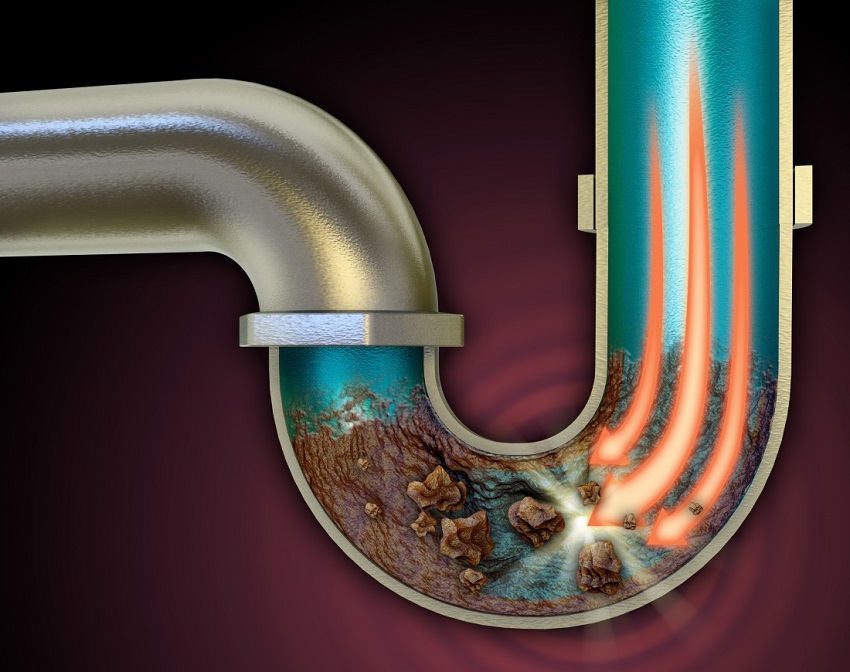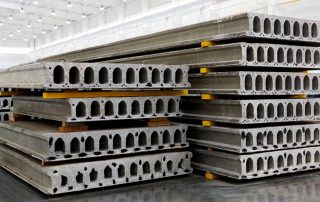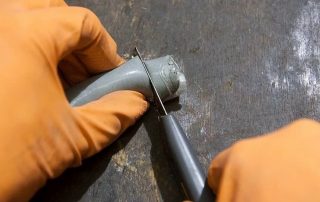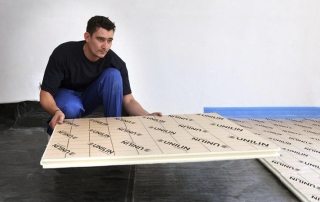From this article, you can find out the features of such an element of communications as a sewer drain pipe: its purpose, the types of existing products that can be purchased in stores, their characteristics and prices. The text describes the specifics of drains and recommendations for installing a sewer riser, including instructions for dismantling the old pipeline.
Content
Sewer drain pipe: features of existing products
Sewerage is one of the most important communication systems associated with water supply for housing. For this reason, it is very important to pay special attention to the choice of components, their quality, in particular, drain pipes.
Drain pipes are used for the installation of the sewerage system of communications. Manufacturers offer a wide range of these products, differing from each other in material, functional characteristics and purpose.
Types of sewer pipes for internal sewerage and external
Classification of existing drain pipes by material of manufacture:
- asbestos;
- copper;
- cast iron;
- plastic;
- reinforced concrete;
- steel;
- ceramic.
By design, all these products are divided into two categories. External pipes are laid outside the premises, while the internal ones are designed for installing water supply and sewerage in the room.
Outdoor sewerage systems are installed outside the building or in the soil adjacent to it. Since their operation is carried out in outdoor conditions, such products should have improved properties:
- high strength;
- frost resistance;
- resistance to deformation changes;
- resistance to the influence of aggressive environments;
- resistance to high pressure on the walls.
Note! For the organization of an external drainage system, it is better to take products made of materials with high corrosion resistance. These include painted metal, polymers and galvanized steel.
The most demanded pipes for internal sewerage are polymer pipes. They have many advantages:
- affordable price;
- long service life;
- simple installation system for internal sewerage;
- resistance to corrosion;
- low thermal conductivity;
- resistance to alkaline and chemical substances;
- a wide range of sizes and shapes;
- light weight;
- safety.
Plastic sewage: which pipes are best used in the system
Various polymer substances are used for the manufacture of plastic pipes. This product category includes elements made of polyethylene (corrugated and smooth), polypropylene and low-density polyethylene. To determine which of them are most suitable for installing a sewer riser, you should familiarize yourself with the features of each type of pipe.
Features of plastic pipes:
| Material type | Benefits |
| Polyethylene (rigid pipes) | resistance to the influence of chemicals |
| possibility of trenchless installation | |
| increased strength of nodal connections | |
| Polyethylene (corrugated pipes) | high rate of flexibility |
| possibility of installation at a depth of up to 20 m due to reinforced ring stiffness | |
| Polypropylene | affordable price |
| high reliability | |
| easy installation system | |
| the ability to quickly dismantle | |
| HDPE (low pressure polyethylene pipes) | high resistance to mechanical damage |
| resistance to the negative influence of environmental factors |
The choice of pipes for the sewage system: sizes and prices of products
If a drain pipe is required in the bathroom, then the use of rigid or corrugated products made of polypropylene will be appropriate. The recommended pipe diameter in this case is 40 mm. The cost of such an element varies from 50 to 120 rubles. depending on the length. If the room does not have free space, you can limit yourself to one knee. The large bathroom can accommodate two knees.
To organize a flush under the toilet, it is better to buy a PVC pipe for sewage, the price of corrugated products with a diameter of 110 mm is about 300 rubles. Due to the increased flexibility, the system can be customized to fit any toilet model and can be conveniently attached.
Helpful advice! Experts advise to select pipes with thick walls. Such items will last longer before they wear out.
For arranging the drain from the sink into the sewer, corrugated products are most often used. It is allowed to use diameters of 40 mm, 32 mm, and in some cases this figure can reach 50 mm. It depends on the modification of the sink and siphon. The price for such products ranges from 250 to 400 rubles.
System of standard sizes of inner diameter:
| Internal diameter size, mm | Scope of pipes |
| 5-10 | drain element used to supply plumbing to a common system |
| 10-11 | details of drains and risers |
| 11-15 | elements of risers in multi-storey buildings |
| more than 15 | connecting parts between internal and general sewage systems |
To connect the drain of the washing machine to the sewer, a special hose made of corrugated material is used, which is present in the standard equipment of this technique. The connection is made through a siphon, and for this purpose, you can use the fork located under the sink.
HDPE drain pipes for sewerage: dimensions and price of outdoor products
External drain pipes also used to drain rainfall from the roof into the sewer. For these purposes, it is recommended to take products with rigid walls. The optimal material is polypropylene and HDPE. The diameter of the elements is selected taking into account the size of the building.
Size of products for drainage of rainfall from the roof:
| Building size | Recommended size of diameter, mm | |
| Channel | Gutter | |
| Small building | 50-70 | 79-115 |
| Medium building | 75-100 | 115-130 |
| Large building | 90-160 | 140-200 |
Most often, products with a diameter of 110, 160 and 200 mm are used in residential buildings. The wall thickness of such pipes is 3.2 mm.
Price of sewer pipes 160, 110 and 200 mm:
| Product diameter, mm | Product length, m | price, rub. |
| 110 | 1 | 210 |
| 2 | 302 | |
| 3 | 428 | |
| 160 | 1 | 296 |
| 2 | 552 | |
| 3 | 785 | |
| 200 | 1 | 525 |
| 2 | 1020 | |
| 3 | 1530 |
How to properly connect the washing machine to the sewer
Connecting the washing machine to the internal sewerage system and water supply can be done independently. This procedure should be approached responsibly, because the result depends on whether the equipment will work correctly and without interruption.
Connecting the washing machine itself is not difficult. Difficulties appear during the organization of the drain. If the procedure is performed incorrectly, an unpleasant odor may appear in the room where the equipment is installed. In addition, there is a risk of contamination of the machine with water coming from other plumbing fixtures.
Helpful advice! For cutting metal elements of the pipeline, it is better to select a hacksaw with small teeth. This tool minimizes the likelihood of chips. The smaller the teeth, the neater and smoother the cuts are.
Methods for organizing the drain:
- By installing a special siphon.
- By directly installing the hose into the sewage system.
- Throwing the hose over the edge of the bathtub or sink.
The third way can be categorized as temporary measures. In this case, you do not need to work with pipes and install a siphon, but the further operation of the bathroom or sink will be accompanied by certain inconveniences. Waste water from the machine will leave traces of dirt on the surface. In addition, the method of fixing the hose is not very reliable, which is fraught with flooding. The hose breaks off during spinning of the laundry due to strong vibration or when the pump is turned on to drain.
Features of the organization of the drain for the washing machine into the sewer
On the plumbing market, you can buy special siphons for sinks, baths and sinks. They have an additional outlet for connecting a 22 mm hose. The process of connecting with a siphon is not complicated, in contrast to the organization of draining the washing machine directly into the sewer. The fact is that pipes with a diameter of 32 or 50 mm are used for the general sewage system. However, there is no adapter that can combine them with a 22 mm hose.
To connect in this case, use a rubber reducer with an adapter for a 22 mm hose. If a washing machine located in the immediate vicinity of a common pipeline with a diameter of 50 mm, you can cut into the system using a tee.
If the equipment is far away, a polyvinyl chloride pipe with a diameter of 32 mm can be inserted between the hose and the branch. To connect the PVC product to the overall system, you will also need to use a rubber reduction. In this case, it is not necessary to place the plastic pipe at an angle, since in this case the water is drained out by force.
Note! On some washing machines, the drain hose may have different diameters at the ends. From the side of the unit, its size is 19 mm. The diameter of the end that connects directly to the pipeline is 22 mm. This nuance should be taken into account during work.
Before work, you need to make sure that there is a check valve on the drain of the machine, which is capable of passing water in only one direction. If not, the height level for the placement of the hose loop should be seen in the manufacturer's information. A water seal must be created in this place so that unpleasant odors from the drain pipe do not enter the room through the machine.
Connecting the drain of the washing machine to the sewer through a siphon
Most modern washing machines have a backflow valve, so there should be no problems with connecting the hose. You only need to correctly connect the end smooth pipe and the rubber reducer. In some cases, fixation is performed to an additional siphon outlet. To avoid damaging the rubber reducer before packing it into the socket, it should be lubricated with a liquid dishwashing detergent. Thus, the element will be easier to install in a smooth pipe.
If an additional siphon outlet is used for the connection, then it will be enough to remove the factory tube and in its place install the branch pipe from the hose. A special coupling is used to ensure sealing. It will seal the joint. The factory tube in the siphon is intended only to preserve the performance of the elements.
Related article:
Drain pipe 110 in filter: geotextile and coconut fiber
Geotextiles and coconut fiber as filter media. Characteristics of various types of pipes for the organization of storm sewers.
If the length of the standard drain hose is not long enough for the tapping, you can enlarge by adding a piece. It is recommended to use unions to connect these parts. Insurance with steel clamps will not hurt. The optimal size of these elements is 2.7x1.6 cm. Modular hoses are on sale to meet any distance requirements. These items are divided into 50 cm pieces.
Note! The longer the hose, the more difficult it will be for the sewer pump in the apartment to cope with the movement of water.
How to connect the drain of the washing machine to the sewer through the water supply
It is much easier to connect the washing machine to the water supply than directly to the sewer. For this, the piping system with water supply must be located at the unit. In addition, the presence of shut-off valves is required. It can be in the form of an angled or straight screen.
The drain hose has a pair of compression type nuts. Therefore, on the shutoff valves and on the washing machine, there must be a nipple with an external thread to fix these nuts. Their working diameter is ¾ ". For this reason, valves must have a thread of the same size. A special tap corresponds to the same parameter, in contrast to the wiring of the water supply system, which is much smaller. For such cases, a reduction fitting is required.
Specificity and types of pumps for sewage in an apartment for a kitchen
The evacuation pump looks like a plastic reservoir, similar to a toilet bowl. It has threaded holes that are used to connect pipes.
Internal pump parts:
- engine;
- automatic starting device;
- chopper.
The pump has a simple system of operation. Water from household appliances or from a sink enters a plastic reservoir. When the container is full, a switch equipped with a float is triggered, which starts the motor and the chopping knives, if any. The crushed debris remains together with water are driven through the filter system, and then, under pressure, enter the sewer.
There are several types of sewer pumps for the kitchen, differing in purpose and characteristics:
- sanitary (the simplest devices under the sink);
- forced sewerage stations;
- stationary.
Sanitary pumps are unable to remove hot water and most often do not have knives.Their working temperature is only 35-40 ºС. For the kitchen, it is better to take forced sewage stations that handle large volumes of liquid, perfectly grind organic waste and have high power. Stationary devices are suitable for installation in a closet, however, they are rarely used in an apartment.
Installing a pump for pumping out sewage at home
Installation of sediment under the sink is carried out in the following order:
- The outlet tube is detached from the sink.
- A mounting bracket is installed on the sink over a rubber gasket, which is included in the standard pump set.
- The body part of the device is connected to the sink drain using polypropylene pipes.
- A connection is formed by means of plastic pipes between the outlet of the central sewerage system and the pump casing.
- Connecting the device to the mains.
Note! Combining several pumps into one network is not allowed.
Installation of a pressure pump is possible in other places as well. For this, open areas of the room, niches or cabinets located under the sink can be used. At the same time, you can choose an inclined or vertical position for placing pipes, because the liquid will move by gravity.
How to clean the sewer system with your own hands in an apartment or in a private house
Most often, local blockages occur in apartments. You can get rid of them yourself without resorting to the help of specialists. But if a clogged main pipe became the source of the problem, you cannot do without the participation of utilities, because the consequences can be serious. With private houses, it is much easier, since there is no risk of flooding the neighbors on the floors below.
How to clean the sewer in a private house or apartment:
- In a chemical way.
- With the help of mechanical action.
- Hydrodynamic method.
The chemical method of removing the blockage involves the use of specialized products based on acid or alkali. These include products of such brands as Krot, Domestos, Tiret, etc. Before use, it is imperative to check for compatibility with the pipe material.
If the chemicals don't work, a plunger should be used to mechanically remove the blockage. If there is a solid object or rag in the piping, the plunger will not help. In this case, a plumbing cable is required. It is made of metal and is able to pick up a stuck object. Remove the siphon before using it. Hydrodynamic cleaning is used in cases where other methods are used. Its implementation should be carried out by a specialist.
Of the listed types of pipes, plastic products are considered the most practical. If the elements for the pipeline are selected correctly, the system can serve for a long time.
